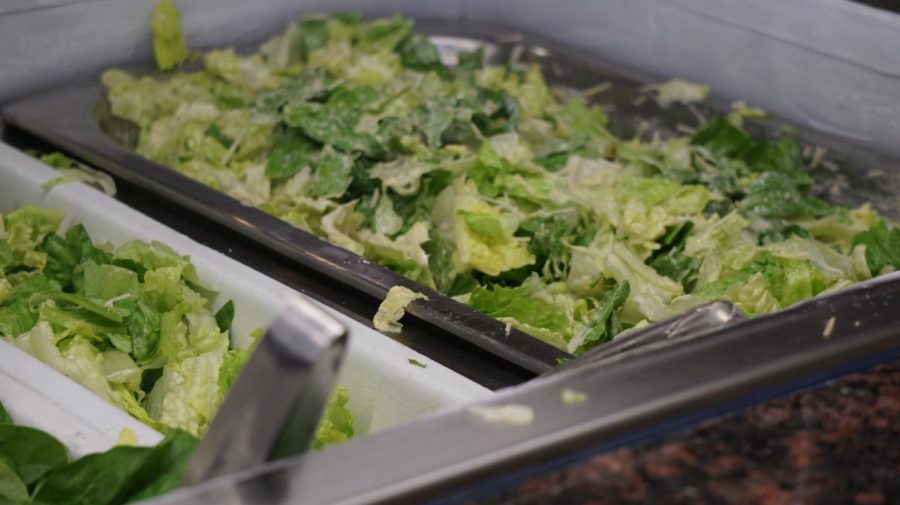Balancing your Thanksgiving Meal
With the semester winding down and the holiday meal season approaching, students should be aware of what’s hiding within their favorite foods and how they can avoid their consequences.
For students, it can be very easy to get carried away with the calories that are consumed in a Thanksgiving dinner.
According to the Calorie Control Council, about 3,000 calories can be consumed from a holiday dinner alone and all the eating that takes place during an eventful day of this eating can accumulate to around 4,500 calories.
Dr. Michele Shuster, a biology professor at New Mexico State, covers basic nutritional concepts in some of her courses. She explains that we have three main macronutrients in our diet which are proteins, carbohydrates, and fats.
“Proteins (abundant in lean meat) store four calories per gram, as do carbohydrates (abundant in pasta and bread)” Shuster said. “Fats store nine calories per gram – this means that foods high in fat will have more calories per gram, as fat is more energy dense.”
It is not until thousands of calories have been consumed that the dreaded holiday weight gain can make its way in.
There are many Thanksgiving specialties such as rolls, pumpkin pie, gravy, ham, stuffing, and more than most would find hard to let go of during this holiday. Aggies can still enjoy these favorites and stay on a healthy track by being aware of what and how much is being put into their bodies during the holidays.
To avoid a sense of panic, Dr. Shuster advises students that one generous meal during the holiday break is not the end of the world. However, students should keep in mind a balance of input and output.
Balance, Shuster notes, can still be maintained during the holiday season as long students stay active.
“In general, to maintain weight, a person should take in the same number of calories as they are expending,” Schuster said. “For example, people who are more active will expend ‘burn’ more calories than people who are less active.”
Students can work on their healthy balance before the Thanksgiving dinner table is set. Kirsta Bezenek, a Health Education Specialist from the University’s Wellness, Alcohol, and Violence Education program (WAVE), adds that discretion in eating beforehand can go a long way.
“The mindfulness of Thanksgiving feasting can start before plates are being dished and distributed. Keep in mind that there’s no such thing as ‘saving room’ as in it’s not a good idea to skip eating all day before digging into turkey and stuffing.” Bezenek advises.
Bezenek also says that the first meal of the day is just as important as the main. “Try to start your Thanksgiving Day, and every day, with a balanced breakfast and balanced snacks throughout the day if you’re planning on consuming most of your calories and nutrients later during dinner.”
There several ways out there to keep a healthy and balanced diet for students. However, avoiding all fats is one route that students should not take. Calories from carbohydrates and proteins will still accumulate even if they are not as energy dense as fats.
For starters, Bezenek adds “The simple approach is to load up on the right veggies (non-starchy), scoop side dishes such as mac-n-cheese, casseroles with creamy soups or lots of butter sparingly, consume sugary dishes in moderation, and swap water with sugary drink alternatives as much as possible.”
Although these tips might seem to be small in increments and portions, they could go a long way towards a healthier and more enjoyable Thanksgiving dinner.

Aimee Ryan is a senior and Southern New Mexico native entering her fourth year at The Round Up and her first year as an editor. She worked as a staff writer...

